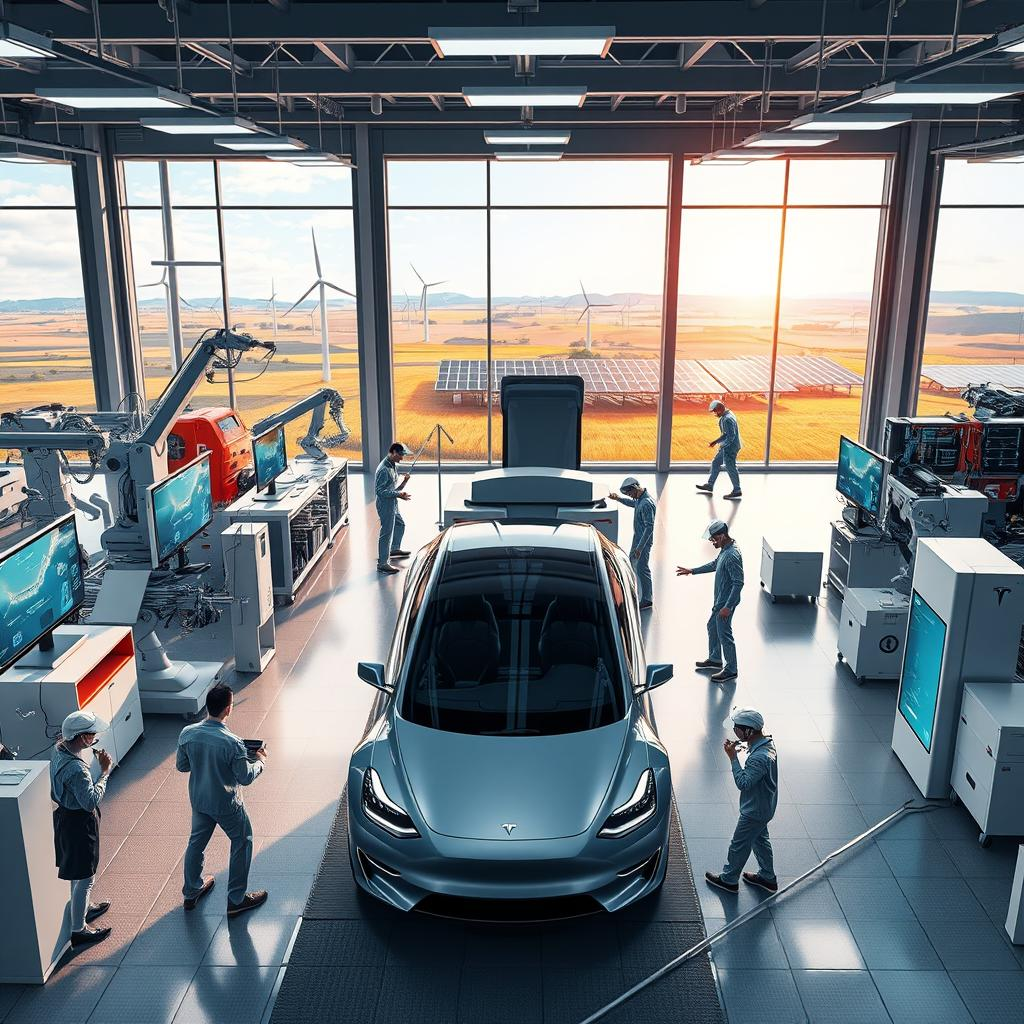Introduction
Tesla, a trailblazer in the electric vehicle (EV) domain, is currently navigating some rough patches within a swiftly changing automotive ecosystem. In the first quarter of 2024, Tesla reported delivering 336,681 cars—a 13% decline from the previous year—missing projections and stirring up concerns about its growth path and stock performance. Here’s a closer look at Tesla’s ongoing challenges, its landmark contributions, and what these mean for its future.
Strategic Analysis
Tesla’s delivery hiccups highlight the inherent challenges of scaling production in an ever-competitive arena. Launching new models is essential for growth, yet these initiatives have siphoned resources and possibly affected output from existing product lines, contributing to recent misses in deliveries.
This quandary isn’t confined to Tesla alone; fluctuating global EV demand and Tesla’s own aspirational targets form critical pieces of its strategic mosaic. While U.S. operations enjoyed $26 billion in net inflows according to the FCA 2024Q1 report, the delivery slip has urged a strategic rethink.
Market turbulence—spanning chip shortages and supply chain snafus—adds to Tesla’s production dilemmas. The company’s countermeasure involves honing supply chain agility and fine-tuning production—keys to hitting future delivery aims.
Economic factors, including pro-green energy policies, heavily influence Tesla’s direction. Rising energy costs in Europe underscore the push towards more energy-efficient EVs, necessitating Tesla’s tech pipeline to keep pace.
Impact Projections
Even with delivery challenges, Tesla remains a powerful player in the global EV landscape, with its market share in electric vehicles climbing. This resilience underscores its knack for setting—and often resetting—industry benchmarks. Backed by data, the company is broadening its market footprint amid market shakeups.
Tesla must stay sharp against escalating rival activities, mainly from traditional car manufacturers pushing into the EV space. As these brands bolster their offerings, Tesla’s lead in battery innovation and charging networks becomes crucial.
Innovation Roadmap
On the innovation front, Tesla’s path is marked by ambitious technological upgrades. The integration of state-of-the-art battery technologies, focused on enhancing vehicle range and efficiency, represents essential moves to maintain a competitive edge.
Autonomous driving technology remains a pillar of Tesla’s research and development, with progress on Full Self-Driving (FSD) capabilities at the forefront. These advancements in driver-assistance systems reflect Tesla’s ongoing pledge to safer, more efficient autonomous transit.
Conclusion
Tesla faces short-term hurdles with its deliveries, but its enduring commitment to innovation and growth makes it a compelling force in the EV industry. Although the road ahead is paved with challenges, Tesla’s mark on the automotive sector—as a shaper of tomorrow’s sustainable travel—remains indelible. Investors should weigh the opportunities against the risks, as Tesla’s innovative strength will map its future course and market sway. The upcoming quarters will be decisive, with Tesla’s ability to satisfy production quotas and uphold its tech dominance pivotal to investor trust and market standing.

Leave a Reply